
- Subject:
- Applied Science
- Biology
- Life Science
- Material Type:
- Module
- Date Added:
- 07/10/2017

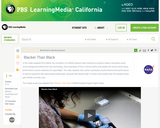
In this video adapted from NASA, two members of a NASA research team working to produce carbon nanotubes share some background behind this new technology, show examples of how it will be useful, and explain the various tests being performed to ensure readiness for spaceflight.

In this demonstration of chemical change, the presenter blows breath into a methylene blue solution releasing carbon dioxide which acidifies the water and changes it from a bright blue color to green.
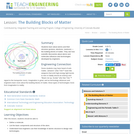
Students learn about atoms and their structure (protons, electrons, neutrons) — the building blocks of matter. They see how scientific discoveries about atoms and molecules influence new technologies developed by engineers.
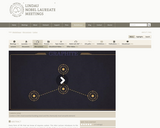
Every form of life that we know of requires carbon. This Mini Lecture introduces to the chemically most versatile element, essential to all life, both as an energy source and as building stock. Lecture snippets of the chemists Robert Curl und Karl Ziegler explain the structure of the symmetric C60 molecule as well as the Ziegler-Natta process used to make polymers.

CK-12 Physical Science Concepts covers the study of physical science for middle school students. The 5 chapters provide an introduction to physical science, matter, states of matter, chemical interactions and bonds, chemical reactions, motion and forces, and the types and characteristics of energy.
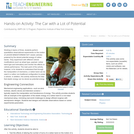
Working in teams of three, students perform quantitative observational experiments on the motion of LEGO MINDSTORMS(TM) NXT robotic vehicles powered by the stored potential energy of rubber bands. They experiment with different vehicle modifications (such as wheel type, payload, rubber band type and lubrication) and monitor the effects on vehicle performance. The main point of the activity, however, is for students to understand that through the manipulation of mechanics, a rubber band can be used in a rather non-traditional configuration to power a vehicle. In addition, this activity reinforces the idea that elastic energy can be stored as potential energy.

This activity demonstrates the spectral nature of light and the identifiable features of the visible light spectrum. Students learn the elemental spectrum, and the ROYGBIV distribution of colors in a rainbow. Students compare the spectra of various light sources, and how to identify specific elements based on their spectral signature.
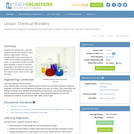
Students are introduced to chemical engineering and learn about its many different applications. They are provided with a basic introduction to matter and its different properties and states. An associated hands-on activity gives students a chance to test their knowledge of the states of matter and how to make observations using their five senses: touch, smell, sound, sight and taste.
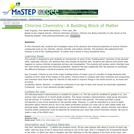
This activity provides a demonstration and lab exploration of one of the main "building blocks" of the periodic table of elements: chlorine. During the lab, students compare physical and chemical properties of chlorine compounds.
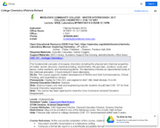
The fundamental concepts of inorganic chemistry including the physical and chemical properties of matter, atomic structure, chemical bonding, stoichiometry, the gas laws, solutions, acids and bases, redox reactions, and chemical equilibria. The laboratory includes an experimental study of the chemical principles. 3 hours lecture/3 hours laboratory.
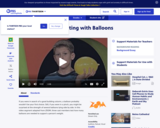
Watch the ZOOM cast find out how many balloons filled with air and then with water are required to support the weight of a cast member.
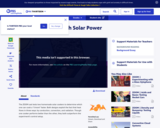
In this video segment adapted from ZOOM, two solar cookers are tested against a control to see which can cook a "s'more" faster.
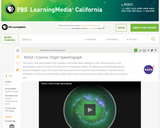
This video from NASA features the Cosmic Origin Spectrograph (COS), which allows scientists to use spectrographic analysis to assess the composition of intergalactic material.

Students explore the science of microbial fuel cells (MFCs) by using a molecular modeling set to model the processes of photosynthesis and cellular respiration—building on the concept of MFCs that they learned in the associated lesson, “Photosynthesis and Cellular Respiration at the Atomic Level.” Students demonstrate the law of conservation of matter by counting atoms in the molecular modeling set. They also re-engineer a new molecular model from which to further gain an understanding of these concepts.
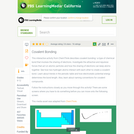
This interactive activity from ChemThink takes a closer look at a covalent bond--how it is formed and how the sharing of two electrons can keep atoms together.
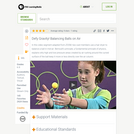
In this video segment adapted from ZOOM, cast members use a hair dryer to balance a ball in a stream of air, seemingly defying gravity.

In this video segment, the ZOOM cast is challenged to keep a ping pong ball in a funnel while the funnel is held upside down, seemingly defying gravity.
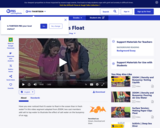
Why does an egg float in salt water? Learn about density and buoyancy in this video segment adapted from ZOOM.
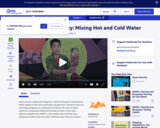
Watch warm water float on top of cold water in this video segment adapted from ZOOM.